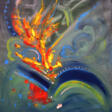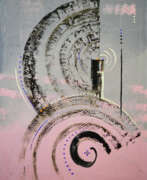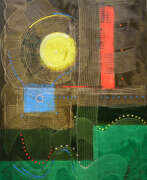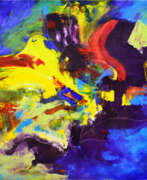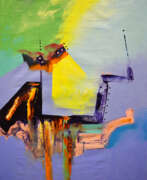Abstract Expressionism

Abstract Expressionism
Abstract Expressionism is an American art movement that emerged after World War II and is characterized by impressive large-scale paintings and innovative use of color and materials. The movement, which emerged in the 1940s and peaked in the 1950s, marked a significant shift in the art world, and was led by artists such as Jackson Pollock and Mark Rothko. They pioneered a style characterized by dynamic paint application reflecting freedom, spontaneity, and deep personal expression.
Characterized by its rebellious and idiosyncratic nature, Abstract Expressionism was the first American movement to attract worldwide attention and turned New York into a new center of Western art. The artists of this movement were diverse, but their work shared common features: gestural brushstrokes and a sense of immediacy, often leaving the viewer with a strong impression of the artist's movement and emotion captured on canvas.
For enthusiasts, collectors and connoisseurs who feel the raw, expressive power of Abstract Expressionism, these works are timeless stories. To avoid missing new lots and auction events featuring these monumental works, sign up for our exclusive updates.
| Country: | America, USA |
|---|---|
| Start of the period: | 1946 |
